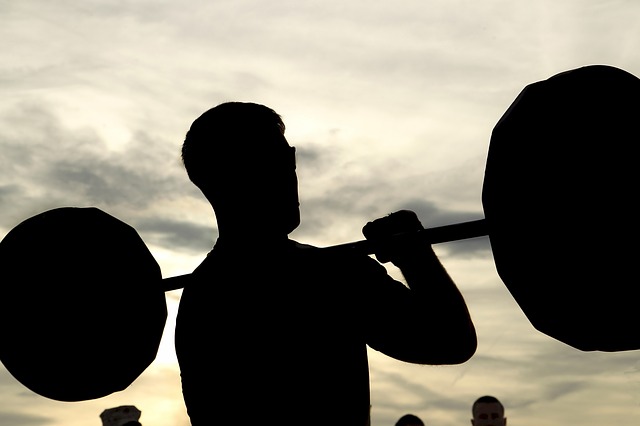
There is a lot of gear out there that can be purchased to enhance your weightlifting experience, but what exactly do you need? Here we break down your options.
Weightlifting Shoes
Specialty weightlifting shoes are pretty different than your average running shoe. For one thing the sole is designed to be more rigid than most shoes you workout in. For another thing many of them have a raised platform in the heel area which help to maintain a more upright position in a squat since it helps the shins incline forward. If you have tight calves this can be particularly helpful because you might tend to overcompensate by leaning forward to make up for it.
Knee Wraps
There are both good and bad aspects of knee wraps. When they are beneficial it’s because they can help increase your lifting speed, but they won’t necessarily help make you stronger. This is generally only necessary for competitive lifters. The downside to knee wraps is that they restrict motion around the hip joint which can end up creating more friction within the knee…which is the very thing that you’re trying to protect by wearing it.
Chalk
Chalk can be an important tool in lifting because it help to remove the excess moisture off your hands and give you a safe grip. Some normal gyms that aren’t specific to weight lifting don’t allow chalk but chalk balls are an alternative option that are less messy and can work in a lot of situations.
Training Belt
Weight training belts aren’t all that popular unless you need extra support with overhead presses, or when you’re using other assisted gear like knee wraps. Noncompetition belts are similar to weight training belts but have a wider back section which can be helpful if you experience lower back pain.
Wrist Wraps
When doing overhead presses some people prefer to have their wrists wrapped. You should never just wrap a single wrist however even if it’s to protect an injury, because this can throw off how you approach the lift. It’s safer to wear them on both wrists if you are going to wear them at all.
Shin/Calf Support
You might need a shin or calf support if you experience shin splints. Shin splints is generally recognized by sharp pain in the front of the leg but can also be tender or swollen. It’s generally caused by an increase of use in the area. When swelling occurs from overuse it can put on pressure on the muscle coverings and bones and leads to pain. Runners are generally the most at risk group because of the striking pressure they put on the shins, but weightlifters can have issues as well from heavy forces placed on the legs, or increasing use quickly without enough rest time. The only real cure for shin splints is rest, ice, and elevation, but wearing some supports can help cut down on some of the risk.
Warning: Undefined variable $post in /home1/thedayu5/public_html/naturalhealthyliving.net/wp-content/themes/newsup/inc/ansar/hooks/hook-index-main.php on line 117

Unless you’re a professional a lot of equipment is not necessary in my opinion
I like to wrap my wrists